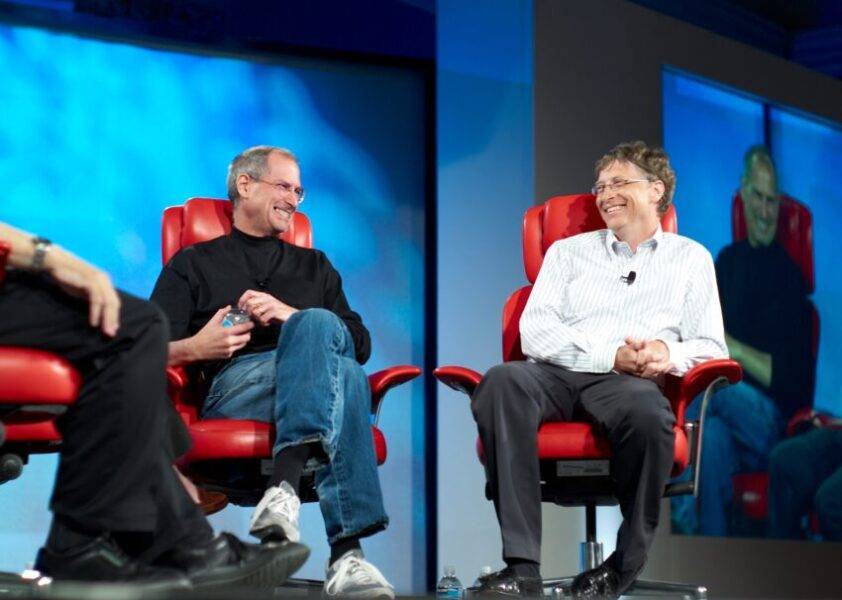Business
To be culturally relevant, you have to be in the culture

Steve Jobs has been quoted many times on many topics. One of his most interesting analyzes concerned Microsoft
He said that Microsoft (which at the time was many times the size and value of Apple) might be very successful, but it had no taste. He went on to say that what he meant broadly was that he lacked insight into how the product would be used and how it would enter the culture of the time. Ultimately, he concluded, they will lose because they produce products that are not admirable.
His theory played a role for a long time. Microsoft lost while Apple won – in terms of size and market capitalization. Year after year, Microsoft missed what became Android, leaving Google with a $400 billion product opportunity. Indeed, it is only by finding cultural relevance and investing in an entirely new area, in this case artificial intelligence (AI), that Microsoft has regained its former position as one of the most valuable companies.
So for Steve Jobs, cultural relevance was not just a marketing idea, but a product need. But for so many others, cultural relevance seems to be seen as an “opt-in” idea. You know: ‘once we get the product, distribution, pricing and corporate structure right, we can see if we have time to get the marketing’ a bit more culturally on track. I’ve even had conversations with people who help companies find agencies through search exercises and pitches, and they’ll say that many of their clients aren’t really sure why cultural relevance is important to their category in the first place.
Let’s take a look at that.
Putting aside the fact that Steve wasn’t much wrong, I often think that when you’re advocating for something, the smartest way to look at it is to think about what things would be like if it weren’t there. This means that you have a product that you are very proud of, but your children don’t even understand why they need it or what it is for. Culturally they just don’t understand it. A problem, I think you’ll agree.
This is exactly the conversation I remember having with the global CEO of the HP Printers division (a company worth £60 billion at the time) at his San Diego office several years ago. His daughter had just left for college and he generously sent her the latest personal printer to carry with her. She sent it back with the message “why would I need this”. And he called his agency to tell us that he was now deeply concerned that his product and category would not be relevant to the next generation – with a big push to find out what he could do about it. You may wonder if you need to be culturally relevant. But you definitely don’t want your product to be culturally irrelevant.
Understanding how people look at things is crucial to any decent product development strategy. And similarly, it’s crucial to any decent marketing investment strategy. When we worked with Mercedes AMG, we noticed that the cool hedonists of the time were appropriating the brand and its most iconic products in rap, video and on Instagram. So when AMG wanted to expand its marketing audience beyond the Clarkson-like car enthusiasts of the past, all it really had to do was embrace an audience that already loved it. This opened the door to a younger, more feminine, and more global group that was less interested in what was under the hood and more interested in how it made them feel. The result has paved the way to help the brand transition from big roaring V8s to an electrified future as the average age of buyers waxes and wanes.
Culture is not a mysterious alchemical concept that only a few understand. Culture is all around us. It is what we do, see and enjoy. That’s what our friends and their children do. It is simply opening our eyes to today and tomorrow and letting go of yesterday. This insight will greatly help brands and marketers navigate the tricky landscape of staying true to their brand’s core principles and values while continually adapting to be relevant for today.
So the next time someone in your organization starts talking about cultural relevance, maybe dig a little deeper and see what you can do to get that knowledge shared with the product teams, the distribution channel, the pricing decision makers and the marketing department. ploughing. And it just might put you at the top of the relevance tree, ahead of your competitors.













